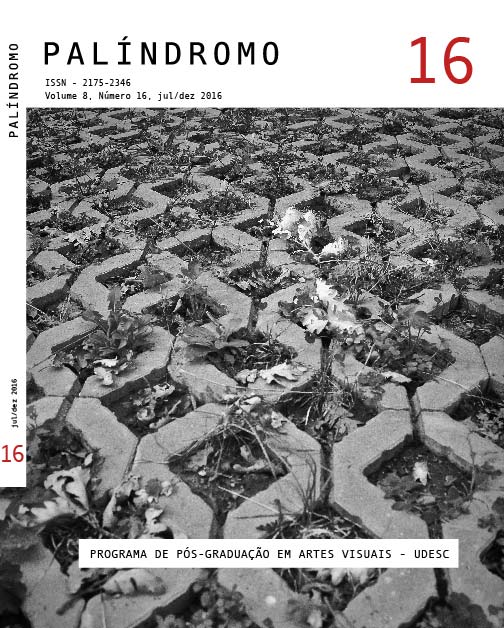KIRA’S JUSTICE: REPRESENTATIONS OF JUSTICE IN THE ANIME DEATH NOTE ANIME FROM AUDIOVISION’S THEORY
DOI:
https://doi.org/10.5965/2175234608162016035Keywords:
audiovision , Death Note , justiceAbstract
The Japanese animations, also known as anime, are popular audiovi- sual productions in the West, especially in Brazil. Created for public of different ages and addressing various topics, ani- mes become interesting research sour- ces to understand discourses and re- presentations conveyed socially. In this sense, this article aims to analyze how an ideal of justice is represented in the Death Note anime (from the character Light Yagami) that has an engaging plot about questions as murder and revenge. Thus, since the junction between image and sound is crucial for the purposes of impact on the anime audience, we will use the theory of audiovision proposed by Michel Chion, in order to demonstrate how these elements generate meanings together, in order to supplementing sen- ses and directing the perception of the spectators.
Downloads
References
CHION, Michel. La audiovisión: Introducción a un análisis conjunto de la imagen y el sonido. Buenos Aires: Paidós 1993.
Death Note (Desu nôto). Japón: Mad House / D.N. Dream Partners / NTV / Shueisa / Video Audio Project. 2006.
JODELET, Denise. Representações sociais: um domínio em expansão. In JODELET, Denise (org). As representações sociais. Rio de Janeiro: UERJ, 2002. p. 17-44.
KELLNER, Douglas. A cultura da mídia - estudos culturais: identidade e política entre o moderno e o pós-moderno. Bauru, SP: Edusc, 2001.
SCHMALTZ NETO, Genis Frederico. Paixões e traços míticos no discurso do animê: uma análise em Death Note. Dissertação. 2013. 128 f. Dissertação (Mestrado em Letras) - Faculdade de Letras, Universidade Federal de Goiás. Goiânia. 2013.
YAMAMOTO, Lilian. A literatura de cárcere em defesa de um condenado à pena de morte no Japão - Lágrimas da Ignorância, de Norio Nagayama. In: ANAMORPHOSIS - Revista Internacional de Direito e Literatura v. 1, n. 2, julho-dezembro 2015. P. 263- 179.
Downloads
Published
How to Cite
Issue
Section
License
Copyright (c) 2016 Amanda Muniz Oliveira, Rodolpho Alexandre Santos Melo Bastos

This work is licensed under a Creative Commons Attribution 4.0 International License.
COPYRIGHT STATEMENT
The articles published by the magazine are free to use, intended for academic and non-commercial applications. Copyright is all assigned to the magazine. The articles whose authors are identified represent the expression from the point of view of their authors and not the official position of Palíndromo Magazine. The author (s) commits to whenever they publish material referring to the article published in Palíndromo mention this publication as follows:
This article was originally published by Palíndromo magazine in its volume (place the volume), number (place the number) in the year of (place the year) and can be accessed at: http://www.revistas.udesc.br/index.php/palindromo


